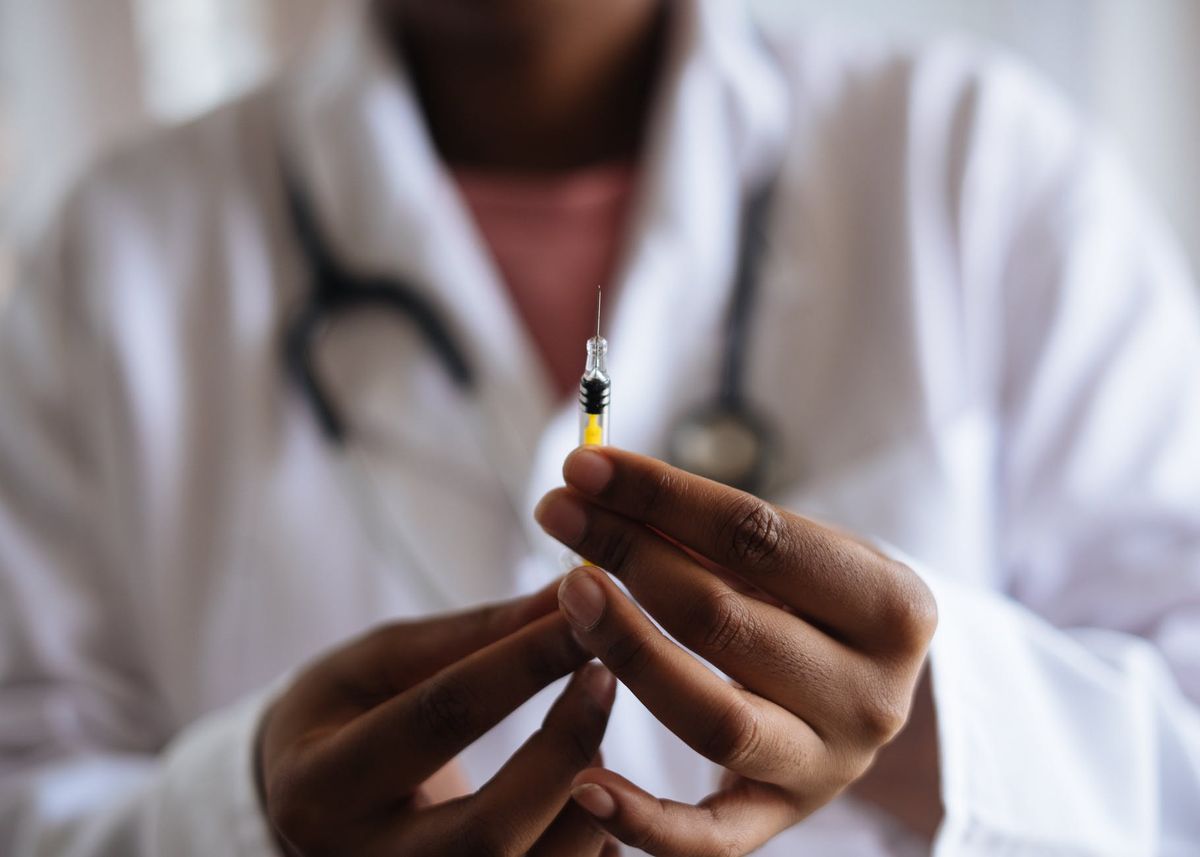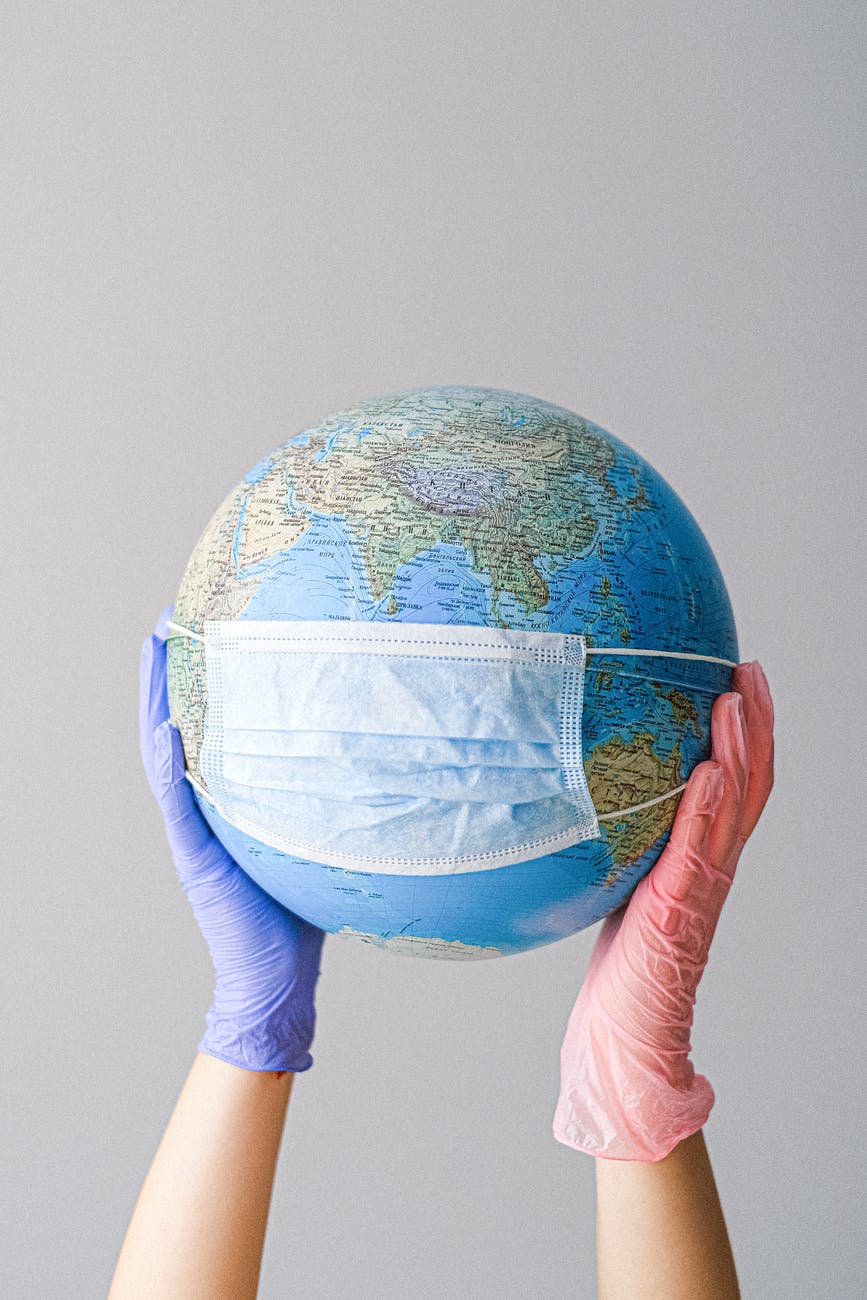What’s expected after the first wave of vaccines?

A few minutes every morning is all you need.
Stay up to date on the world's Headlines and Human Stories. It's fun, it's factual, it's fluff-free.
As vaccines are shipped and supplied across the nation, the world is beginning to wonder what’s expected after the first wave of vaccines? Although we see confirmation of millions of doses being documented throughout the United States, new rising infections from the coronavirus have yet to slow down for some states.
Not only have tensions risen from the population who haven’t been able to receive or schedule an appointment for their vaccine but also pressure has been put on the federal government for how vaccinations are being distributed. Because government policy is dividing the vaccine doses among states based on population, data analysts are beginning to see a percentage still struggling with the spread of infection and the overall availability of vaccinations.
What can we expect moving forward?

So, what’s expected after the first wave of vaccines? Michael Einhorn, president of the medical supplier Dealmed, told TMS that it is projected we will have a surplus of vaccines as soon as June. “The reality is there will be plenty, and that means that realistically we should be back to normal come late summer/fall,” Einhorn claims.
Just because vaccines are being supplied across the nation does not yet mean we’re out of the pandemic quite yet. Factual public data from Einhorn also shows that we are already past Phase 1 of vaccinations – in fact, way past it. Pending the ongoing studies, anywhere from 15% to upward of 25% of the US population has already been infected. Additionally nearly 17% of the US population has been vaccinated, leaving a blended 35-45% rate of protection.
Einhorn comments that while the healthcare system is somewhat prepared should another wave hit, the overall sentiment we get across the board is that the healthcare community is not panicked over a massive increase in cases.
President Joe Biden has also dumped his deadline by two weeks and announced that every adult will be eligible by April 19 to sign up online to be on a vaccination list, expanding the access and distribution of the vaccine.
He also announced that 150 million doses of COVID-19 vaccine have been administered since his inauguration, putting him well on track to meet his new goal of 200 million shots administered by his 100th day in office. Eligibility doesn’t necessarily mean confirmation of an administered dose, so while people may still have to wait in line, the coronavirus remains a threat to anyone who is not yet eligible or who may not have received confirmation of an appointment. Einhorn also mentions that monoclonal antibodies (a better treatment option), has made a big difference in places like New York City where although cases have risen, death has continued to decline.
With states like Texas already lifting the mask mandate and increasing the capacity of all businesses and facilities to 100%, we see many other states like New York , Michigan, New Jersey, Pennsylvania and Florida still reporting new COVID-19 infections. Efforts for correct and even distribution have become a conflict of whether they should have people waiting on a longer list because they’re healthy or be sending a surplus of vaccinations to case-rising hot spots where infection numbers are rising. The division of distribution is causing tension between states, the federal government and the people, and with more of the world becoming eligible for vaccination. The only problem now is the overall supply of vaccines.
As we see a higher number of vaccination reports administered to more populated states like California (the world’s fifth largest economy), smaller states like Michigan and New York are still reporting higher case numbers. Gov. Gavin Newsom stated that California will fully reopen its economy on June 15 if COVID-19 hospitalizations are low and stable, and vaccine supplies are plentiful enough.
Data from Reuters claims an average of 360,000 doses administered per day and 7.5 million people fully vaccinated as of last week. With vaccination efforts being continually monitored every day, Newsom also states that we may now begin planning our lives post-pandemic.
“We will need to remain vigilant, and continue the practices that got us here – wearing masks and getting vaccinated – but the light at the end of this tunnel has never been brighter,” Newsom says.
Have a tip or story? Get in touch with our reporters at tips@themilsource.com




Comments ()